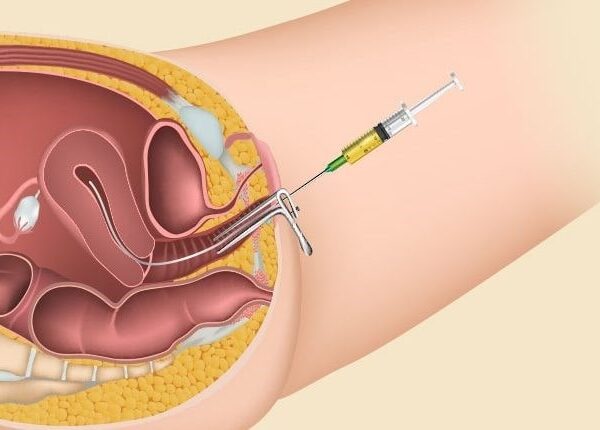Facial pigmentation, a common yet distressing dermatological concern, is characterized by the presence of dark spots or patches on the skin, disrupting its uniform tone. While this phenomenon isn’t harmful, it can be a major aesthetic concern, undermining an individual’s self-confidence. Understanding the causes, types, and potential solutions, such as the Pico Laser, can equip individuals to effectively manage this condition.
Causes of Facial Pigmentation
Facial pigmentation primarily arises due to the overproduction of melanin, the pigment that dictates the color of our skin, hair, and eyes. Various factors can trigger this overproduction:
Sun Exposure: Ultraviolet (UV) rays from the sun can stimulate melanocytes, the cells that produce melanin. Over time, prolonged and unprotected exposure can lead to an overproduction of melanin, resulting in pigmentation.
Hormonal Changes: Hormonal fluctuations, particularly during pregnancy or due to conditions like Polycystic Ovarian Syndrome (PCOS), can stimulate excess melanin production. This is referred to as melasma or chloasma.
Inflammation: Post-inflammatory hyperpigmentation (PIH) can occur after the skin has been damaged or inflamed. Acne, eczema, or physical injuries can leave darkened patches once healed.
Aging: As part of the natural aging process, melanocytes can become hyperactive, leading to age spots or ‘liver spots’.
Types of Facial Pigmentation
Facial pigmentation can manifest in various forms, each with its unique characteristics:
Melasma: This appears as brown or gray-brown patches, typically on the cheeks, forehead, nose bridge, upper lip, or chin. It is commonly associated with hormonal changes.
Post-Inflammatory Hyperpigmentation (PIH): This presents as flat spots of discoloration, appearing after an inflammatory wound or condition has healed.
Solar Lentigines: More commonly known as age or sunspots, these are small, darkened patches that usually occur in older adults or younger folks with significant sun exposure.
Freckles: These are small, lightly pigmented spots that typically appear on sun-exposed areas. They can darken with sun exposure and lighten in the winter months.
Pico Laser: A Solution for Pigmentation
The Pico Laser has emerged as a promising solution for managing facial pigmentation. This is a type of laser treatment that uses ultra-short pulses (one trillionth of a second in length) to shatter pigment particles in the skin. The body’s natural processes then remove these particles, reducing the appearance of pigmentation.
The Pico Laser is particularly effective as it minimizes heat exposure to the skin, reducing the risk of thermal damage and potential side effects. Moreover, it’s suitable for all skin types and is effective against different types of pigmentation.
The procedure involves directing the laser at the pigmented areas, where it penetrates the skin to target melanin deposits. Post-treatment, the skin may appear slightly red and swollen, but these symptoms typically subside within a few hours to a couple of days. Multiple sessions might be required, depending on the extent and depth of the pigmentation.
While Pico Laser treatment is generally safe, it should always be administered by a certified and experienced practitioner. A thorough consultation should precede any treatment, taking into account the individual’s medical history, skin type, and the nature and extent of pigmentation.
In conclusion, facial pigmentation, while not harmful, can be a cause of cosmetic concern. Understanding its origins, the forms it takes, and exploring solutions like Pico Laser treatment, individuals can take an informed step towards restoring their skin’s even tone and radiance. As with all skin treatments, it’s essential to maintain good skincare habits, including consistent sun protection, to preserve the results and promote overall skin health.





